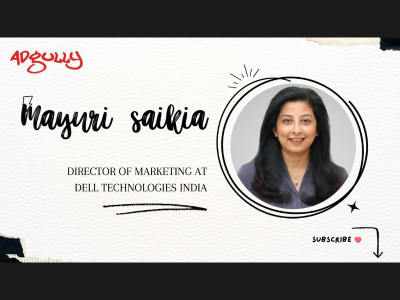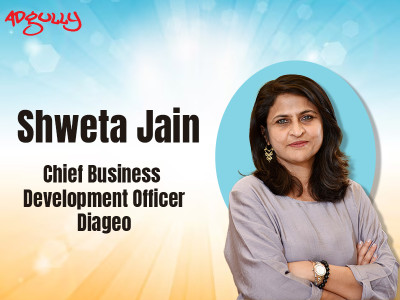How women leaders are spearheading the next level of business innovations
Into its 4th year now, WOMEN DISRUPTORS has become an industry standard for women leaders who are bringing about a positive and definitive change not just in their organisations, but the industry and society as well. Over the years, women leaders have proved more than their mettle on their capabilities, crisis handling expertise, leading forward businesses as well as turning obstacles into growth opportunities.
Women Disruptors 2023 endeavours to celebrate and turn the spotlight on women leaders at the forefront of steering India Inc through turbulent times as well as influencing and encouraging a future generation of leaders.
The 4th edition of Women Disruptors 2023, held on March 6, 2023 in Mumbai, turned the spotlight on how women are heading the business innovations, in a panel discussion on ‘Women leaders spearheading the next level of business innovations’. The session was moderated by Nisha Singhania, CEO & Managing Partner of Infectious Advertising and the esteemed panelists included:
Anita Kotwani, CEO, Carat India
Deepali Naair, Director, Bengaluru Sales Centre & Digital Sales Centre Growth (JAPAC) IBM
Elizabeth Venkatraman, Joint President & Head of Marketing and Partnership, Kotak Mahindra Bank
Pooja Pathak, Managing Director, Media Mantra
The session commenced with the speakers discussing the significance of women in helping create innovation.
Deepali Naair acknowledged, “It’s just not innovation, but the way you are running businesses. I think what got documented in the last three to four years during Covid was that very different leadership skills are required to manage the workforce to ensure not just innovation, but business processes running inside an organisation. When you look at the factors that were important, you will find that women leaders are better in all the factors required to keep the businesses running, and moreover, they are more empathetic. So that’s getting recognised everywhere. What was documented very well in the past was that women multitask much better. But the new model of leadership that is required now is an empathetic one.”
She further added, “They bring diverse points of views into businesses, they have a different point of view in the way they lead, the way they think the businesses ought to be run, which leads eventually to great innovations. Coming from an IT company, I can say that wherever a woman is at the top, as far as STEM is considered, those companies tend to do better. I think you all might have come across a post on LinkedIn, the top tech person in the company that has made ChatGPT, was a woman.”
On the other hand, Elizabeth Venkatraman believed, “It has been said for a very long time – and data has also proven – that a diverse leadership has actually shown profits. When there is a different kind of leadership, perspective, opinion, insights and the way you run things, that makes a place different. Different is a very qualitative statement, but it means profitable, successful and sustainable.”
Citing the example of SODEXO, she said, “An example of SODEXO is where the diversity ratio is approximately above 50%, which you don’t see very often. That is said to be one of the most successful formats of diversity, which has proven to benefit a business enterprise.”
The discussion then shifted to the importance of collaboration and women’s role in it.
Anita Kotwani emphasised in depth on how imperative a skill collaboration is. She noted, “I think it is a very imperative skill if we talk about collaboration. It works much better, let’s say when you have a leadership which is more ‘command & control’ vis-a-vis a relationship leadership, which is where you marshal your resources together and work closely with them. Collaboration is giving everybody an equal voice. Collaboration is about listening to other people’s perspectives and points of view. Collaboration would come in when you give people the opportunity to speak up, take a relevant idea from an intern or junior and convert it into a larger organisational goal. So, the larger part of collaboration is partnership within the larger ecosystem. Look at how our ecosystem is changing. I as an individual or one company can’t have the expertise of everybody. So, when I collaborate or partner with stakeholders, it adds to the offering. I think it’s integral in the way forward that businesses will be built.”
Pooja Pathak added here, “When there is collaboration, what really happens is that women are the ones who are ready to empower themselves, ready to recognise each other and are ready to recommend each other. So, when these three things are aligned, then collaboration is something which definitely happens and this is a very positive reinforcement which we need for our women gang. And when it comes directly from there, it only brings out happy hormones for everyone. That is what we can bring across at every responsibility that we hold as women – whether professional or at a personal level. We know that we have to multitask, but we definitely need that empowerment to keep that multitask force alive.”
These are edited excerpts from the panel discussion. For the complete conversation, watch below:


















Share
Facebook
YouTube
Tweet
Twitter
LinkedIn